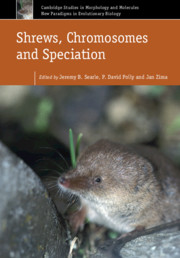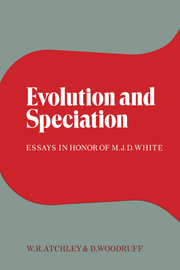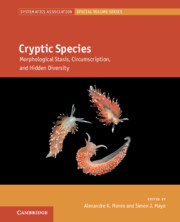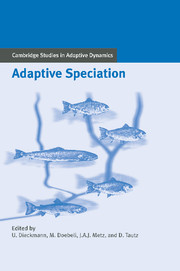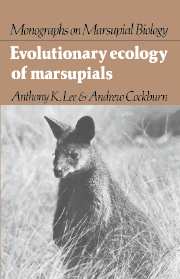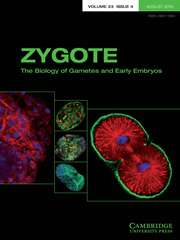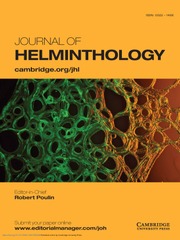Shrews, Chromosomes and Speciation
The chromosome complement (karyotype) often differs between related mammalian species (including humans vs chimpanzees), such that evolutionary biologists muse whether chromosomal difference is a cause or a consequence of speciation. The common shrew is an excellent model to investigate this problem because of its many geographical races (potential species) differing chromosomally, and its several sibling species (recently speciated forms) that are also chromosomally different. This system is an exceptional opportunity to investigate the role of chromosomes in speciation and this volume reflects detailed research following these approaches. Highlights include the demonstration that chromosomal re-arrangements can be associated with complete loss of gene flow and thus speciation and that selection within species hybrid zones may lead to de-speciation rather than speciation. This book represents an extraordinarily detailed consideration of the role of chromosomes in speciation in one astonishing species, providing insights to those interested in mammalian diversity, chromosomal evolution and speciation.
- Provides an exceptional knowledge and understanding of an aspect of genetic variation of a single species based on studies of wild populations
- Features evaluation of the processes by which new species arise with focus on the roles of chromosomal rearrangements, hybridisation, hybrid zones and gene flow
- Presents multidisciplinary analysis of chromosomes, genetics, phenotypes, phylogeography and the fossil record
Reviews & endorsements
‘I found Shrews, Chromosomes and Speciation fascinating, and an enjoyable read. This volume will be a welcome addition to the library of any evolutionary biologist or graduate student interested in how the interactions of chromosomes and the genome shape diversity.’ Sally Potter, The Quarterly Review of Biology
Product details
February 2019Adobe eBook Reader
9781108750653
0 pages
113 b/w illus. 23 tables
This ISBN is for an eBook version which is distributed on our behalf by a third party.
Table of Contents
- 1. Milestones in common shrew chromosomal research Jan Zima and Jeremy B. Searle
- 2. Introducing the common shrew Nikolay A. Shchipanov, Jan Zima and Sara Churchfield
- 3. Morphology and genetics of the common shrew: general features Alina Mishta and Jeremy B. Searle
- 4. Phylogeography Susan Thaw, Thomas A. White, Anna A. Bannikova and Jeremy B. Searle
- 5. Chromosomal differentiation in the common shrew and related species Nina S. Bulatova, Larisa S. Biltueva, Svetlana V. Pavlova, Natalia S. Zhdanova and Jan Zima
- 6. Phylogenetic relationships of chromosomal races Thomas A. White, Jan M. Wojcik and Jeremy B. Searle
- 7. Meiosis and fertility associated with chromosomal heterozygosity Pavel M. Borodin, Stanisław Fedyk, Włodzimierz Chętnicki, Anna A. Torgasheva, Svetlana V. Pavlova and Jeremy B. Searle
- 8. Chromosomal hybrid zones Stanisław Fedyk, Svetlana V. Pavlova, Włodzimierz Chętnicki and Jeremy B. Searle
- 9. Gene flow between chromosomal races and species Glenn Yannic, Patrick Basset, Agnès Horn and Jacques Hausser
- 10. Geometric morphometric tests for phenotypic divergence between chromosomal races P. David Polly and Jan M. Wojcik
- 11. Is it really the chromosomes? Patrick Basset, Glenn Yannic and Jacques Hausser
- 12. Further divergence: the role of ecology and behaviour Boris I. Sheftel, Natalia V. Moraleva and Jacques Hausser
- 13. Climate, diversification and refugia in the common shrew: evidence from the fossil record P. David Polly
- 14. Shrews, chromosomes and speciation Jeremy B. Searle, Jan Zima and P. David Polly.

